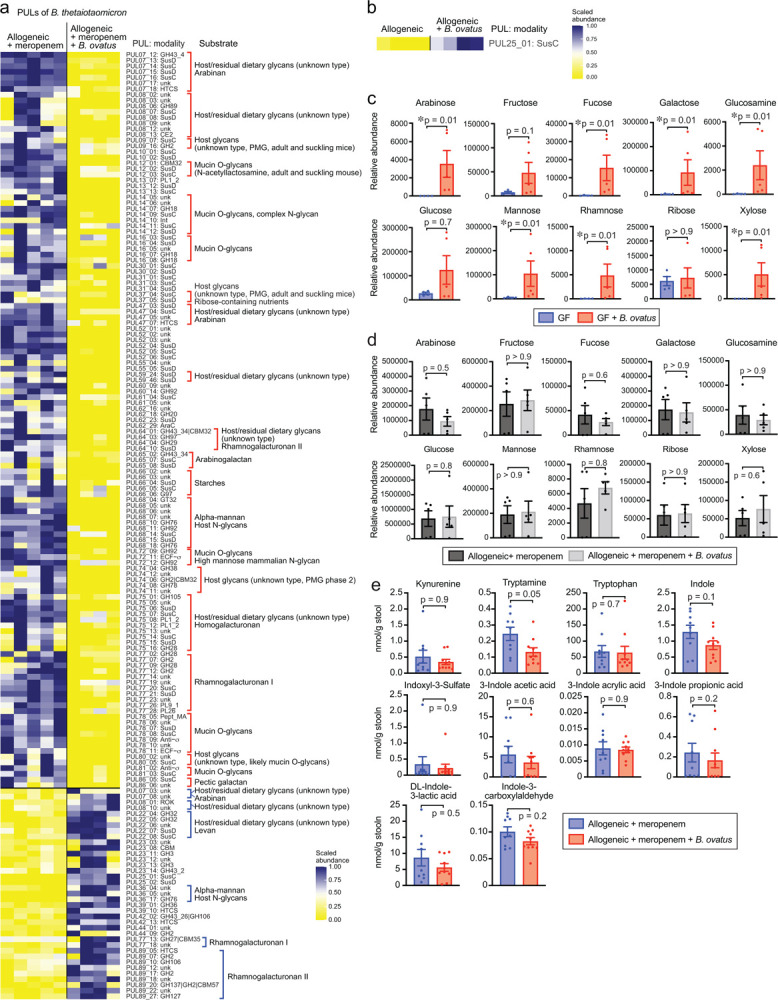Extended Data Fig. 4. Introduction of Bacteroides ovatus increased fecal levels of soluble monosaccharides in mice monocolonized with B. ovatus.

(A) Heatmap showing scaled relative expression levels of polysaccharide utilization loci (PULs) in B. theta RNA transcripts sequenced from stool collected from meropenem-treated allo-HSCT mice with or without administration of B. ovatus on day 21. Right: PULs and their modularity and substrate names. (B) Relative expression levels of PULs in B. theta RNA transcripts sequenced from stool collected on day 21 from meropenem-untreated allo-HSCT mice with or without administration of B. ovatus. Right: PULs and their modularity.
(C) Relative abundances of monosaccharides of supernatants from colonic luminal content collected from germ-free (GF) mice with or without administration of B. ovatus on day 14 measured by IC-MS. Data are shown from one representative experiment. (D) Relative abundances of monosaccharides of supernatants from colonic luminal content collected from meropenem-untreated allo-HSCT mice with or without administration of B. ovatus on day 23 measured by ion chromatography-mass spectrometry (IC-MS). Data are shown from one representative experiment.
(E) Absolute abundances of tryptophan metabolites of supernatants from colonic luminal content collected from meropenem-treated allo-HSCT mice with or without administration of B. ovatus on day 23 measured by liquid chromatography coupled with high-resolution mass spectrometry (LC-HRMS). Data are combined from two independent experiments and are shown as means ± SEM.
